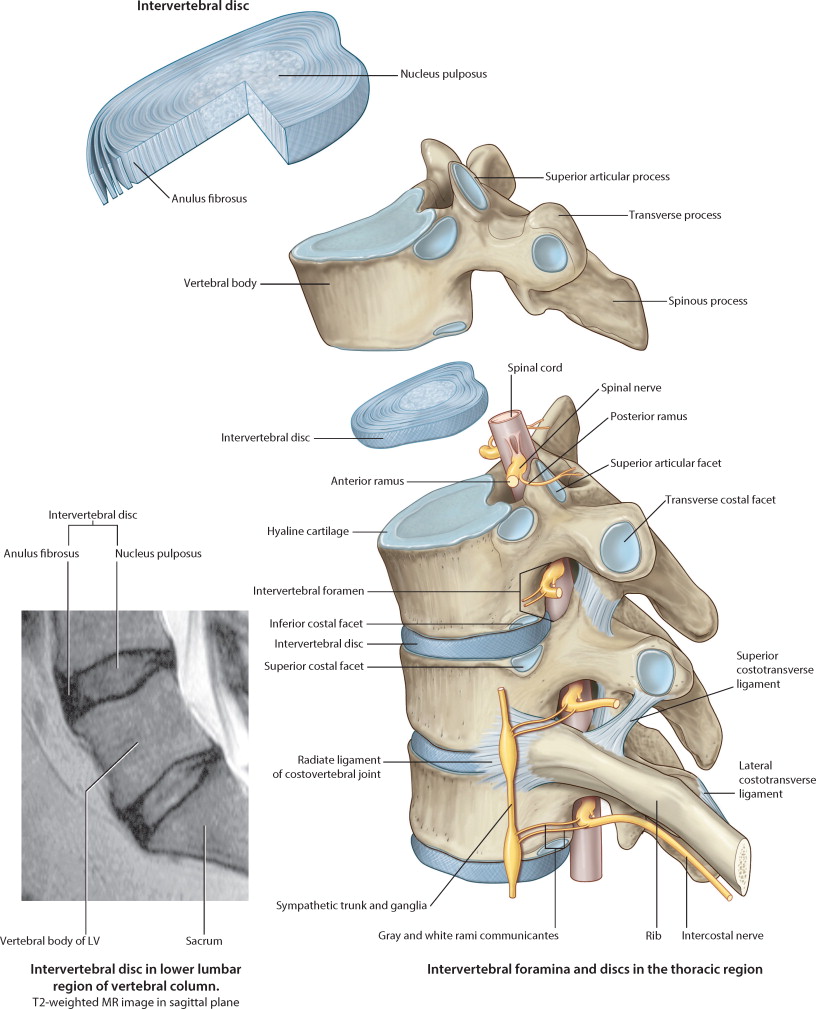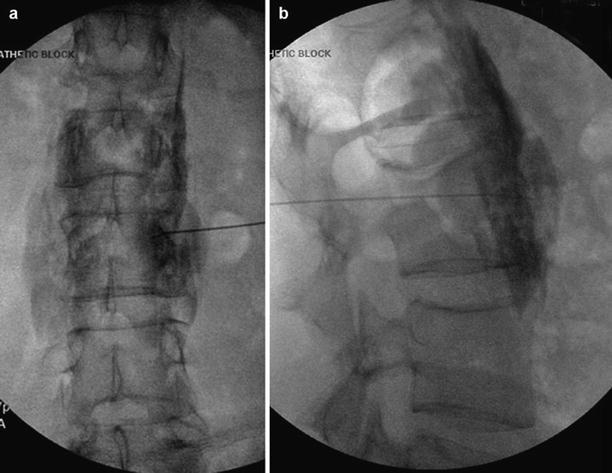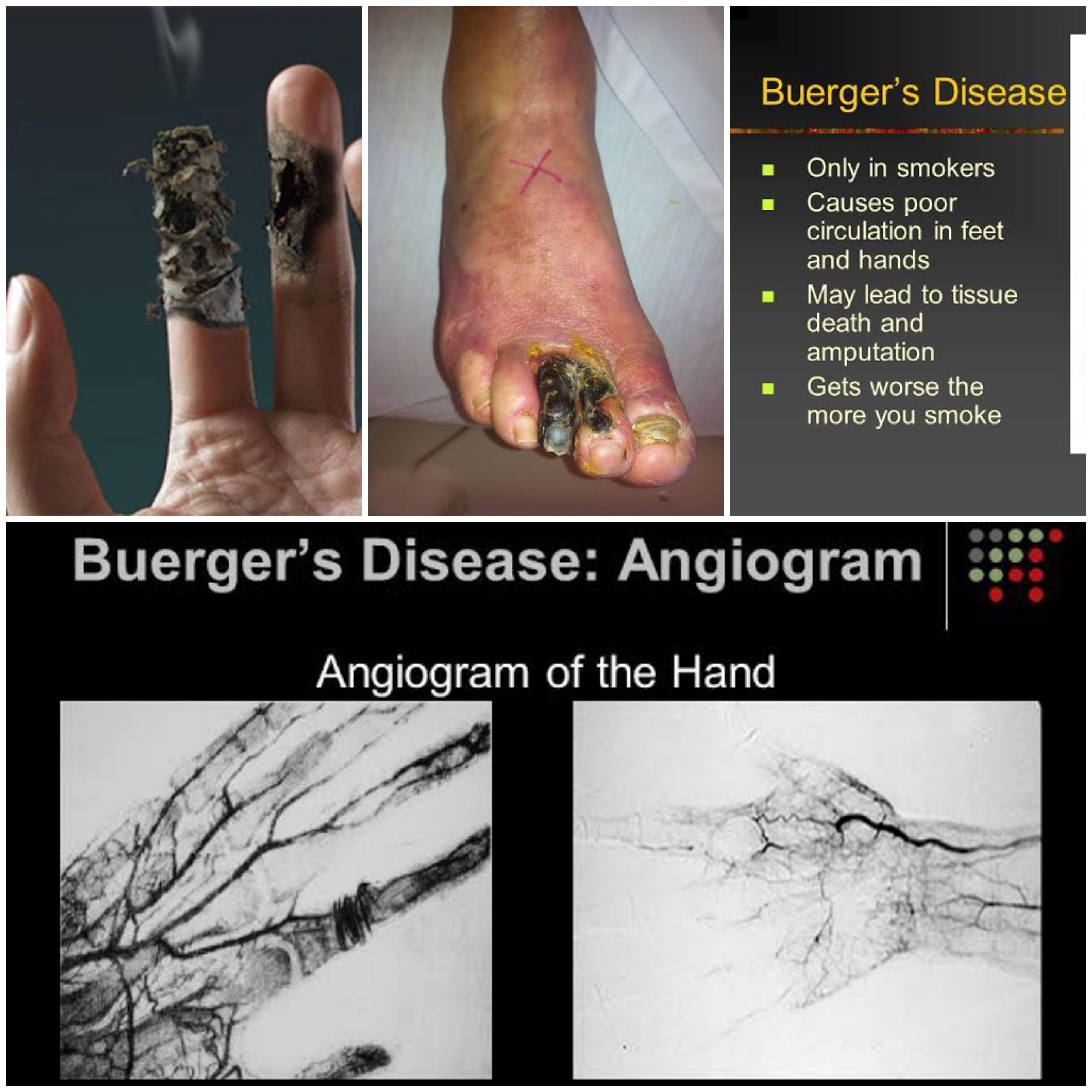PERCUTANEOUS LUMBAR SYMPATHECTOMY: CHEMICAL AND RADIOFREQUENCY ABLATION
Indications
The lumbar sympathetic chain is a group of nerves in your lower back. These nerves control the blood supply to the legs. A lumbar sympathectomy is an injection procedure performed to block the sympathetic nerves and increase the blood supply to the skin in the leg. This can reduce your pain and assist with healing. Phenol is commonly injected and can produce pain relief that may last up to 9 months.
Lumbar sympathectomy is used for the following:
- To reduce leg and foot pain due to poor blood supply;
- To assist leg and foot ulcers to heal
- To treat excessive sweating of the feet.

Procedure
The entire procedure will be explained to you and the doctor will ask you to sign a consent form. You will be asked to get partially undressed and put on a hospital gown. In the operating theatre, you will be positioned on the x-ray table, either on your side or stomach. The doctor will mark the placement of the needle with x-ray guidance. The area will be cleaned with antiseptic solution and draped. Local anesthetic is injected in the skin prior to insertion of the needle. The needle is paced in the appropriate position. Some dye is injected and the x-ray machine is used to check that the position is correct. A chemical called Phenol is injected to stop the nerves from working.You should allow 90 minutes on the day for the nurses to prepare you for theatre and for the doctor to perform the procedure. The procedure itself normally takes between 15 and 45 minutes in the operating theatre. You will hopefully notice increased warmth in your leg or foot and a reduction in your level of pain. You will not be able to drive for 24 hours after your procedure. We suggest you take it easy for 48 hours prior to returning to your pre-procedure activities.


Special Instructions
All blood thinning products (except aspirin) must be stopped prior to your procedure. You will be advised by letter when to stop taking these medications at the time that your admission date is arranged. You are able to take your other regular medications with a sip of water on the morning of your procedure. You must not have anything to eat, drink, smoke or chew prior to your procedure. You will need to organise someone to drive you home after the procedure as you will not be able to drive for 24 hours after your procedure.
Side Effects And Complications
- Bleeding: This is not common but your risk is higher if you are taking blood thinners . Let the Pain Unit know well in advance of your appointment date in case the doctor needs you to stop taking them for a short period of time.
- Infection: Another uncommon complication, but if you are ill with a high temperature (fever) on the day of the procedure it will have to be postponed.
- Organ injury: This is highly unlikely as this procedure is done under x-ray guidance. On rare occasions blood in the urine can occur for a few days post-procedure. If it persists for longer than 1 week, please notify the Pain Management Unit.
- New pain on the inner upper thigh can occasionally be experienced for up to 6 weeks.
- Backache can occasionally occur at the needle insertion site.
- Allergy to the dye: If you are allergic to iodine or have previously had a reaction to injected dye, let us know before the procedure date so suitable arrangements can be made.
Procedures
- EPIDURAL STEROID BLOCK ( TFESI, CAUDAL, INTERLAMINAR )
- CERVICAL EPIDURAL NEUROPLASTY
- INTRAARTICULAR FACET BLOCKS
- MEDIAL BRANCH RFA FOR FACETOGENIC PAIN
- THIRD OCCIPITAL NERVE BLOCKS AND RFA
- C0-C1 and C1-C2 BLOCKS
- OCCIPITAL NERVE BLOCKS AND RFA
- SACROILIAC JOINT BLOCKS and RFA
- GASSERIAN RFA FOR TRIGEMINAL NEURALGIA
- BALLOON COMPRESSION FOR TRIGEMINAL NEURALGIA
- INTRAARTICULAR SHOULDER PROCEDURES
- PROLOTHERAPY
- PRP THERAPY
- GENICULAR NERVE RFA FOR KNEE PAIN
- LUMBAR SYMPATHECTOMY FOR LOWER LIMB ISCHEMIA & CRPS
- T2-T3 GANGLION NEUROLYSIS FOR UPPER LIMB ISCHEMIA AND CRPS
- STELLATE GANGLION BLOCKS AND RFA
- TRIGGER POINT INJECTIONS
- INTRARTICULAR TMJ PROLOTHERAPY
- KNEE JOINT INJECTIONS INCLUDING VISCOSUPPLEMENTATION
- CELIAC PLEXUS BLOCKS AND NEUROLYSIS
- SUPERIOR HYPOGASTRIC PLEXUS BLOCKS AND NEUROLYSIS
- GANGLION IMPAR BLOCK AND RFA